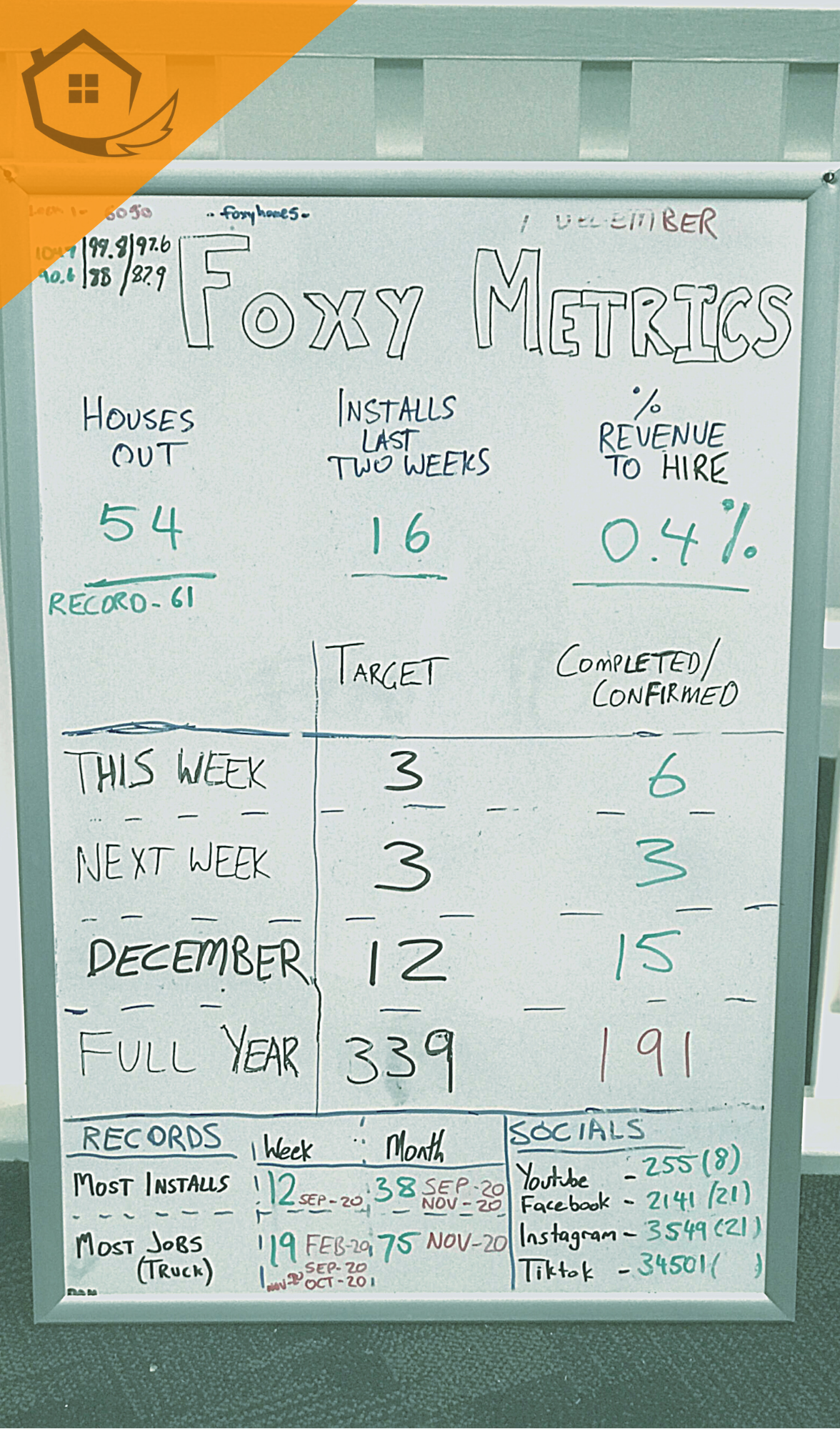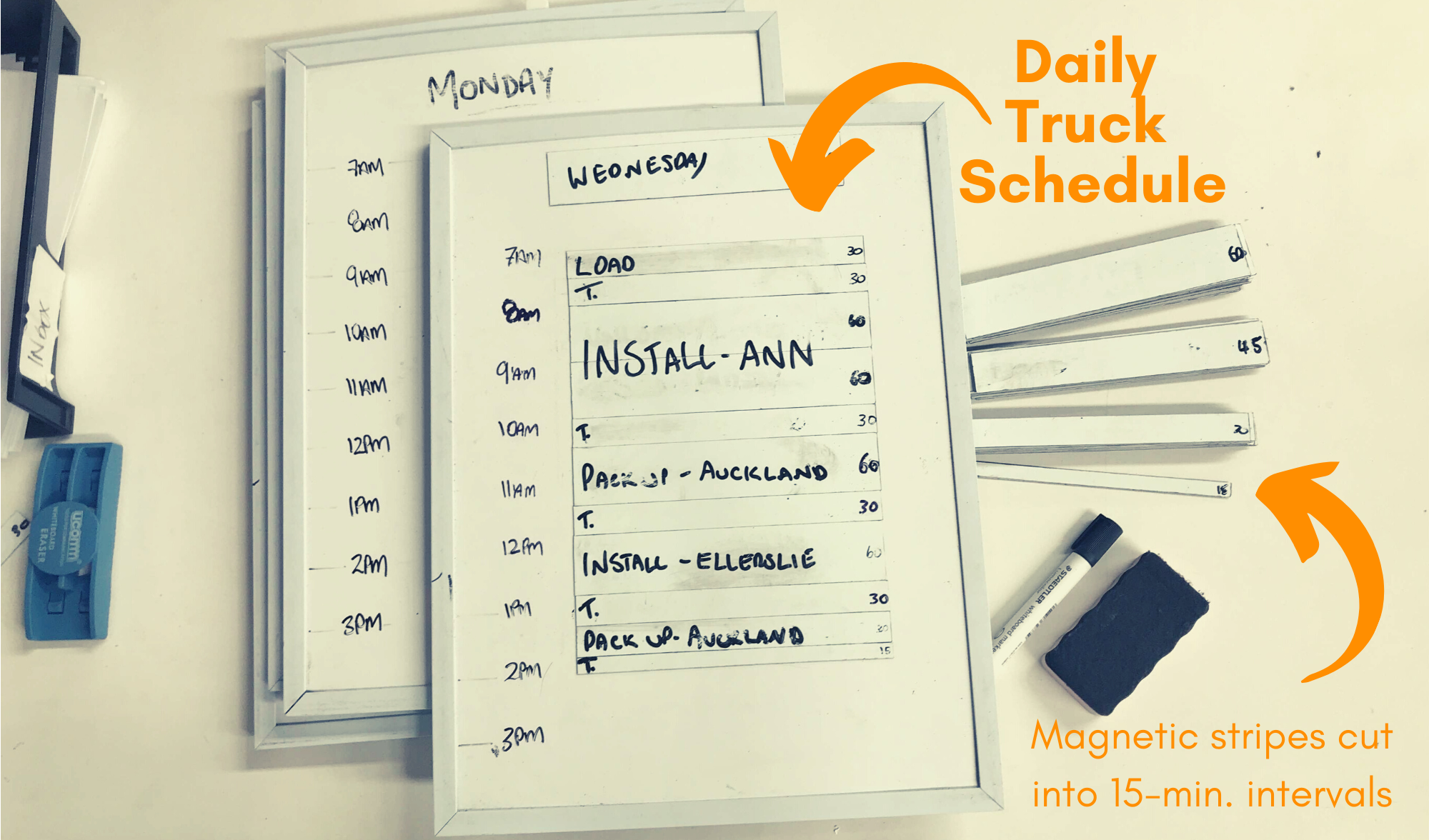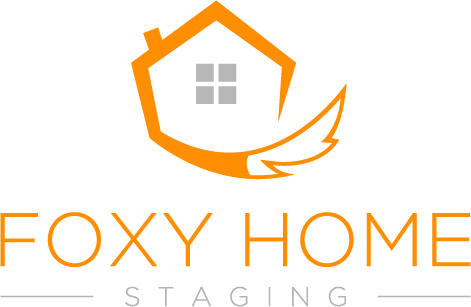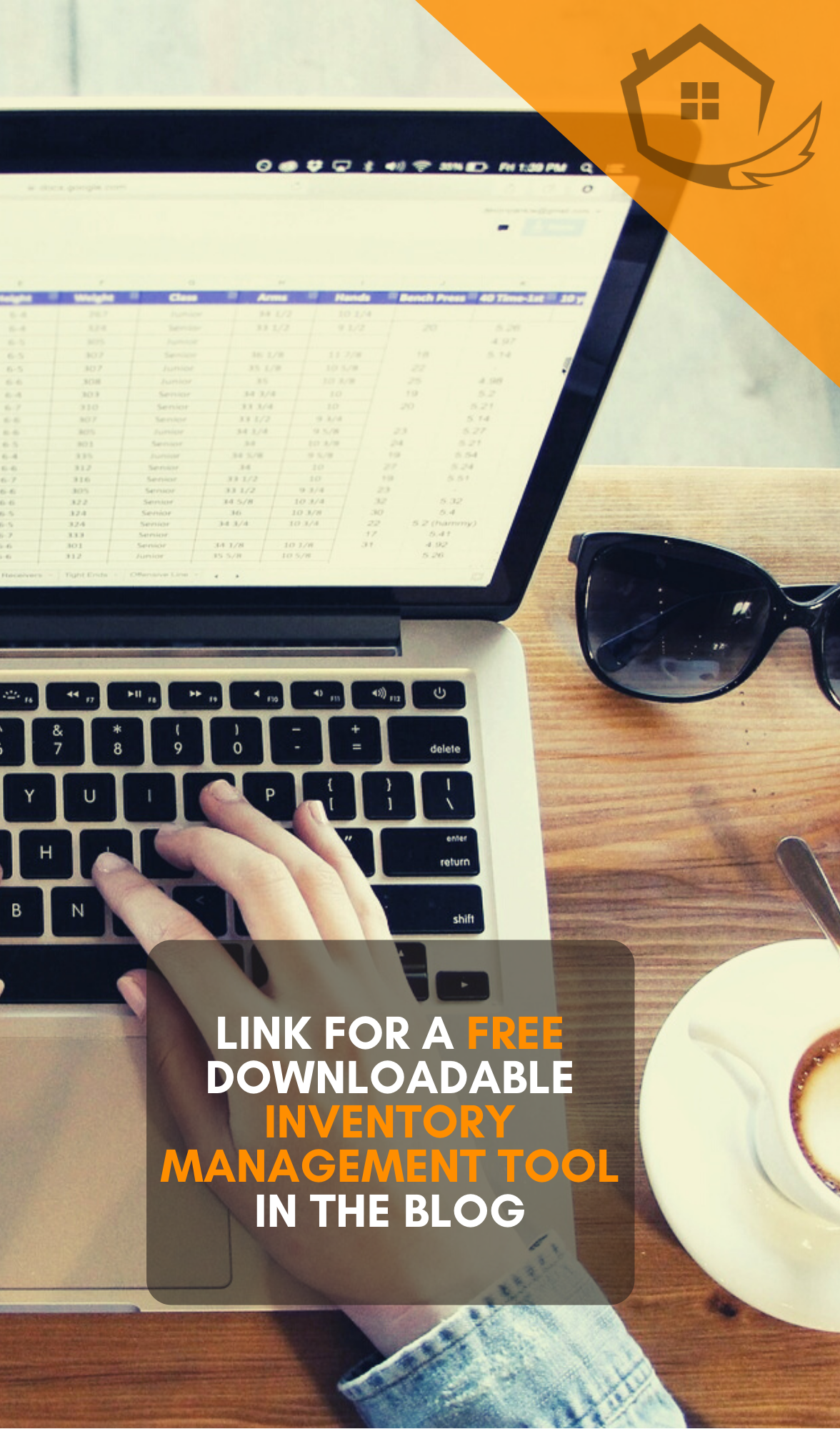12 Key Business Metrics We Track at Foxy Home Staging
For those of you who don’t know me yet, my name is Jake and I am the ‘Numbers Guy’ here at Foxy Home Staging.
I have a background in finance, more specifically around accounting and business analytics. When it comes to tracking numbers within our own company, I do it predominantly because I find it interesting. But I also don’t think I’m overstating it to say that understanding your numbers is critical to the success and growth of your business.
“If you can’t measure it, you can’t manage it” – Peter Drucker
I have decided to write this blog post in hopes of helping another Home-Staging Business Owner, who may be looking for more information on the financial aspect of running this type of business.
Before you dive in, I would like to point out that some of these methods may not apply to you, depending on the way you set up your business (I’ll try to highlight some of these throughout the article).
I have divided our twelve Key Metrics into three main categories:
- Business Growth
- Financial
- Staging-Related
Business Growth Metrics
We track:
1) Total Number of Houses Out
(property install finished, now waiting for pack-up)
2) Number of Installs
(weekly, monthly, annually | target + actual)
3) Social Media
(This is closely tracked by Cody, our marketing manager. Ads, followers, engagement, etc.)
—

These numbers help us understand how we are growing as a business. I have created a Metrics Board and put it in a spot where it can be seen by our entire team. It helps everyone in our team understand what is important to us.
We set targets, track the progress, and celebrate when we hit a new record – usually with a team breakfast. (Because who doesn’t love food, right?)
Financial Metrics
We track:
4) Monthly Revenue
5) Profit Margin
6) Major Expense Categories as a Percentage of Profit
I am sure these do not come as a surprise to you, as they are the main “financials” we all track as business owners.
Highlighting the last two – tracking our major expenses was what prompted us to focus on owning our stock relatively early in our business journey. We found out that furniture hire was digging into our profit margin more than we had liked.
More on this and how it turned out to be the best decision for us in this blog here.
Home-Staging Related Metrics
We track:
7) Sales Results
For every property we style, we track whether it sells and what stage it was at when we collected the styling furniture. Did it have a contract? Was it unconditional? If not, was it sold in the weeks after that?
Why do we track this? Around 87% of properties we staged have sold by the 6-month mark. Mentioning this number in consultations with clients and new agents provides them with great comfort and reassurance that they have indeed made the right decision.
—
8) Average Duration of Furniture Hire
How long our styling furniture stays in each property is a great indicator for us to know how quickly we can turn furniture around. This is a measure of efficiency, and helps us to understand our return on assets. At the moment, approximately 50% of our properties are packed up before the 6-week mark.
When COVID initially hit the market, most businesses moved to an 8-week hire period on a temporary basis. We have decided to make this a permanent change, because we knew our numbers and realised doing this will not have a massive impact on our business. What it does, however, is it gives more comfort and security to our clients, making them more likely to choose us over another business offering 6-week hire.
—
9) Agent Stats
We track sales results of each agent we work with. From a business point of view, this indicates which relationships are delivering the most value to us. But more importantly, we’ve found that agents appreciate the stats we’re able to share with them about the impact staging has had on their listings.
—
10) Repeat Agents vs New Agents Ratio
This percentage shows how many jobs came from new agents vs returning agents we have worked with in the past. Knowing the ideal % is a bit tricky, as it’s “a bit of a balancing act”. We want new agents coming on board, because it means we are expanding our relationships and having more impact. But we also want agents to return and use our services regularly, because it proves that we are delivering value to them and their clients.
—
11) Inventory Management / Asset Payback & Efficiency
This may be relevant to only those home staging businesses who own their own stock and furniture.
We manage it all through Excel, which helps us keep track of what furniture is available at any point in time. But more interestingly, we also know how many times a piece of furniture has been used, how often it goes out, whether it has paid itself off, and whether we need to buy more.
This is great from selection point of view, but it is also a great indicator of the efficiency of our furniture.
You can download a FREE copy of the Inventory Management Excel Spreadsheet I created here.
12) Logistics Benchmarking
We have built our reputation around being flexible, fast & efficient. Most of these attributes revolve around the truck schedule, which is why it’s absolutely paramount to our success to get the time management right.
Over the years we have learned how long it takes to do any activity involving the truck, down to the closest 15 minutes.
We plan each day out on a whiteboard, using custom-cut magnetic stripes split into 15-minute time intervals (15, 30, 45 & 60 mins). Taking into account the time required for transit, loading & unloading of the truck, property size, access & location – we build the schedule for the entire day ahead.

You can watch the full Foxy TV Episode on this topic here.
—
I would be very interested to get your thoughts on this – do you track any other metrics? Do you do it differently? Let’s start the conversation in the comment section on our Facebook or Instagram posts. See you there!









Facebook Comments